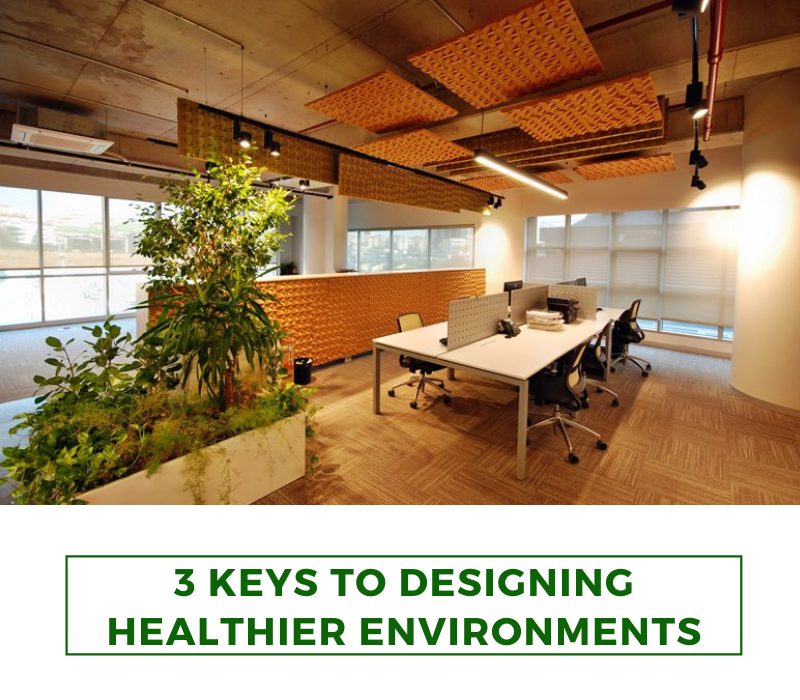Designers and office managers are facing new challenges as they try to plan for getting employees safely back to their desks. Temporary measures may include plastic shields and spreading out workspaces but how can we plan for longterm, sustainable options? Here are 3 keys to designing healthier environments that will last well into the future.
1. Easy Maintenance
When we think about cleaning options from a design perspective, materials must be taken into account. Great looking materials can quickly turn into a frustration if they are not easy to clean and maintain, especially in this current environment that requires extra disinfection. It’s important in high-use environments to design with materials that can withstand not only high traffic, but also heavy cleaning and disinfecting.
2. True Sustainability
With all of the latest requirements for personal protective equipment, disposable cleaning supplies, and one-time-use products, we are starting to increase our pollution once again. Designs that consider ways to create less waste will be more important than ever to help us offset the effects of these latest precautions. Choosing materials that can be recycled or are made from recycled materials is a great start.
3. Healthy Acoustics
Finally, repeated studies continue to show that one of the key components when it comes to designing for health and wellness, is the acoustics in a space. Statistically, workers can be nearly 65% less productive in noisy environments than they are in quieter offices. There are also proven correlations between distractions and increased anxiety. When stress becomes a chronic factor, even our physical health can be affected! Multiple distractions can add up over time. When people are constantly distracted or interrupted, they may never manage to fully focus throughout their workday. As a result, the opportunities for deep thinking, creativity, and productivity are greatly reduced. Designs that incorporate good acoustics can contribute to a healthier environment, increase the sense of privacy, and enhance the productivity and well-being of those who occupy that space.

